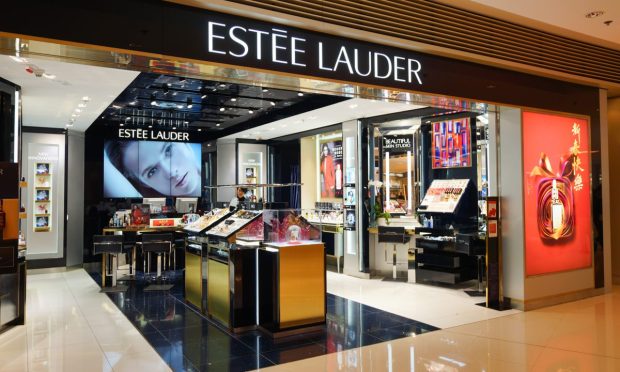Estee Lauder Sees Online Potential Amidst Brick-and-Mortar Recovery

Estee Lauder credited the reopening of most of its brick-and-mortar stores for its financial success in the second quarter of fiscal 2022, but pointed to the growth of its online presence for continuing to sustain the company during the ongoing pandemic, according to a Thursday (Feb. 3) press release.
In the Americas, Estee Lauder saw brick-and-mortar sales increase by double digits thanks to more retail locations being open and more people wanting to shop in the stores, the release stated. Online sales, though, were 38% of Estee Lauder’s sales in the region for the three months ending Dec. 31.
In Asia, net sales grew both in brick-and-mortar department stores and online, according to the release.
“We achieved record sales and profitability in the second quarter of fiscal 2022, empowered by the timeless desirability of our brands and despite accelerated volatility and variability, as well as supply chain challenges, from the pandemic,” said Estee Lauder President and CEO Fabrizio Freda in the release. “Every category, region and major channel expanded, showcasing the strength of our multiple engines of growth strategy. We seized the favorable dynamics of skin care, fragrance, developed markets in the West, and brick and mortar, and continued to prosper in the East with Chinese consumers as well as in global travel retail and global online.”
Estee Lauder plans to invest in advertising, online, research and development and its supply chain this year to overcome some of the economic conditions that have kept it from achieving even more financial success, the release stated.
Last month, beauty tech platform Perfect Corp., beauty brand MAC Cosmetics and online product sampling platform SoPost partnered on a personalized product sampling experience for MAC Cosmetics’ Studio Fix Fluid Foundation.
Read more: Perfect Corp. Teams With MAC Cosmetics, SoPost on AI Shade Matching, Product Sampling
The collaboration brings together augmented reality (AR) virtual try-on and personalized artificial intelligence (AI) shade matching, along with physical product sampling, bridging the gap between the digital and physical worlds and allowing shoppers to make better decisions.
